Ufo Club, un viaggio inatteso nel tempo del rock
Raffaello Baldi, nel suo Ufo Club, traghetta i visitatori in un viaggio nella storia dell’Occidente. Un viaggio inatteso nel tempo del rock.
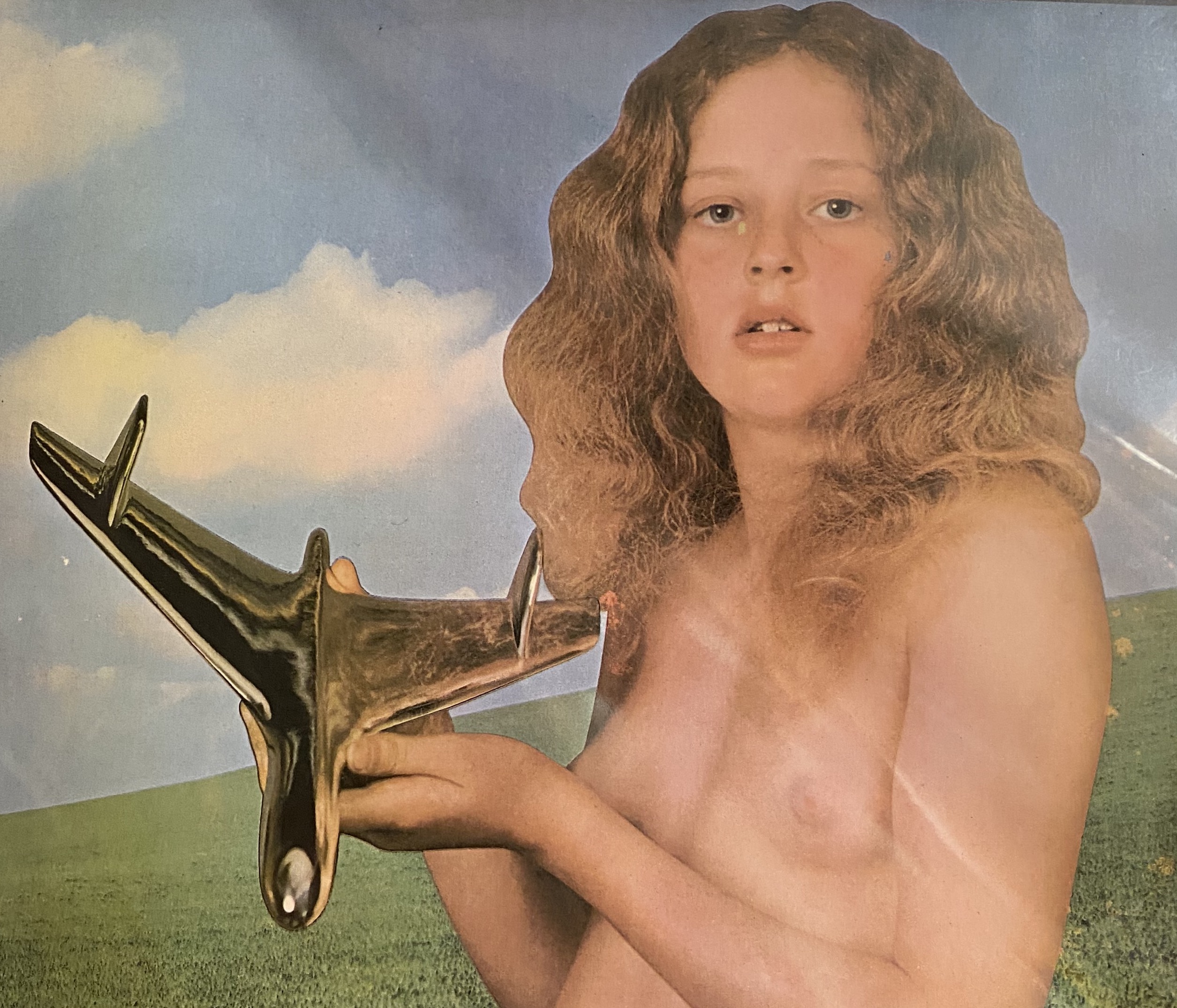
Raffaello Baldi, nel suo Ufo Club, traghetta i visitatori in un viaggio nella storia dell’Occidente. Un viaggio inatteso nel tempo del rock.

(English translation below)
Benvenuti al centro del mondo recita il cartello nella piazzetta, senza complessi. E questa frazione del comune di Scarperia e San Piero un suo protagonismo ce l’ha: una chiesa romanica unica per avere le colonne che sostengono direttamente il soffitto e per la rappresentazione di una scacchiera che rappresenta la Gerusalemme Celeste, oltre a splendidi quadri del Tre e Quattrocento.
E ancora il passaggio per secoli di pellegrini e oggi dei camminatori lungo il Cammino degli Dei tra Bologna e Firenze; e addirittura quattro musei (di arte sacra, di archeologia, di diorami della vita del paese, e di un mulino storico in funzione). Anzi, cinque. E il quinto non solo è meta di un viaggio a parte, ma è un viaggio di per sé, nel tempo e nell’articolata geografia, fisica e sentimentale, di un nerbo della nostra cultura.
È quanto meno ti aspetteresti in questo cuore del Mugello: sull’unica piazzetta, di fronte all’unico alimentari che funge anche da ristorante, il visitatore viene scosso dalle note rock che arrivano dall’Ufo Club Sant’Agata (su istagram: @ufo_club_).
Due stanze e mezzo che sono una galleria del tempo nella musica rock, soprattutto psico, dagli anni Cinquanta agli Ottanta. È la tana accogliente di Raffaello Baldi – al secolo dipendente dell’Asl ma in realtà sommo sacerdote di un rock immortale.
Nel suo Ufo Club, traghetta i visitatori in un viaggio nella storia dell’Occidente, del costume, delle trasgressioni giovanili, offrendo, appesi alla pareti e in bella mostra su tavoli, appena un assaggio della sua sterminata collezione: 20.000 dischi su vinile, con 4.000 prime edizioni (molte della stessa opera in edizione americana, poi britannica, e italiana, giapponese, eccetera), con tanto di arsenale iconografico di riviste, biglietti di concerti, manifesti e ben 203 autografi dei più grandi eroi del rock.
L’unico che nei suoi viaggi per concerti in tutta Europa rifiutò una firma fu un pretenzioso Bob Dylan, che non sapeva con chi aveva a che fare: perché soprattutto c’è lui, Raffaello Baldi, a suo modo un museo vivente, una memoria inesauribile di aneddoti, concerti, amori e liti di un’epoca di libertà individuale e creativa.
Non caso, il club è stato ideato e allestito proprio nel periodo di massima segregazione – quando, durante la pandemia, “un ci s’aveva niente da fare”.
Così è emerso questo inaspettato patrimonio di valore inestimabile. Ci sono copertine rarissime, come molte uscite e subito dopo ritirate (Raffaello, in epoca pre-internet riusciva ad acquistarle subito, prima che arrivassero le grane) e quindi preziosissime, come il Band of Gypsys, l’unico album dell’omonima band di Hendrix che uscì con un Bob Dylan versione marionetta che fede subito arrabbiare il già suscettibile premio Nobel che ne diffidò la commercializzazione.
Oppure un una doppia copertina interna di nudi dell’edizione inglese di Electric Ladyland del Jimi Hendrix Experience, accusata di pornografia.
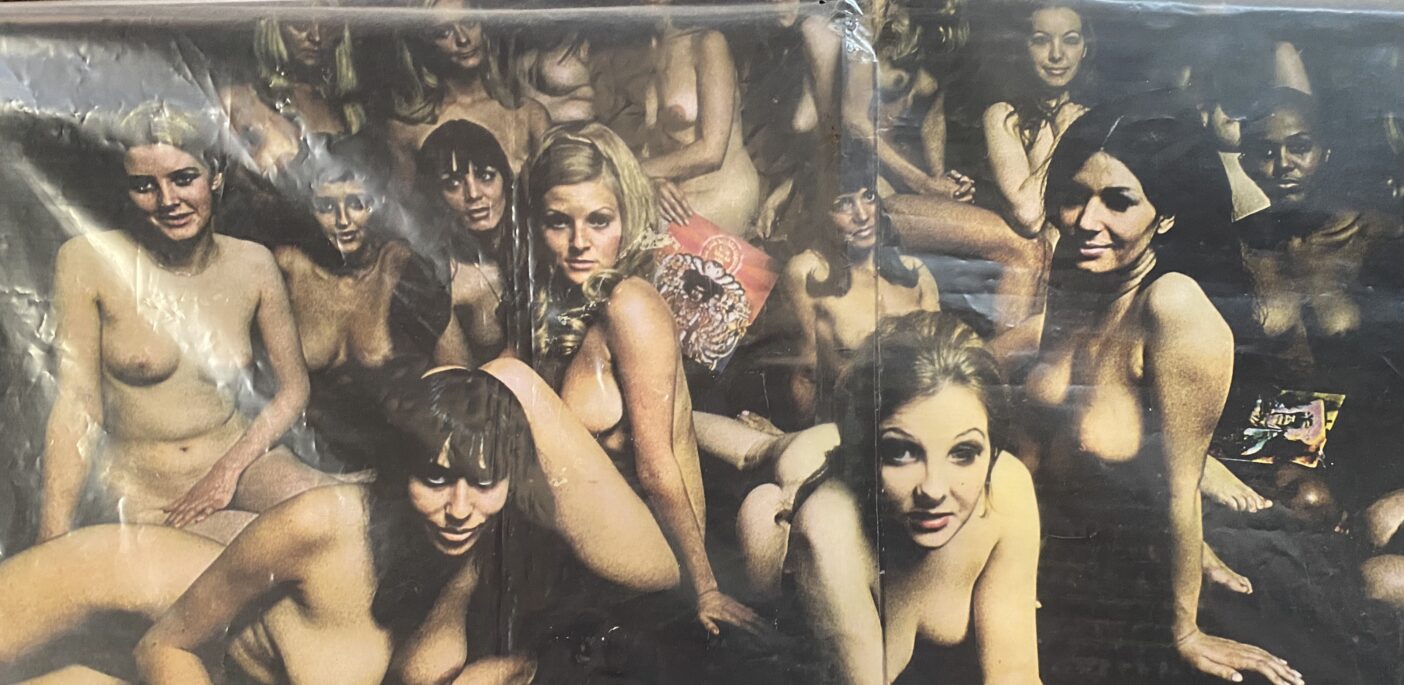
O il clamoroso errore del primissimo disco italiano dei Pink Floyd, che nel 45 giri di See Emily Play uscirono con la foto di Roger Daltrey anziché quella di Syd Barrett e dovettero rifare in fretta la cover,

o il subito censurato David Bowie in versione femminile.
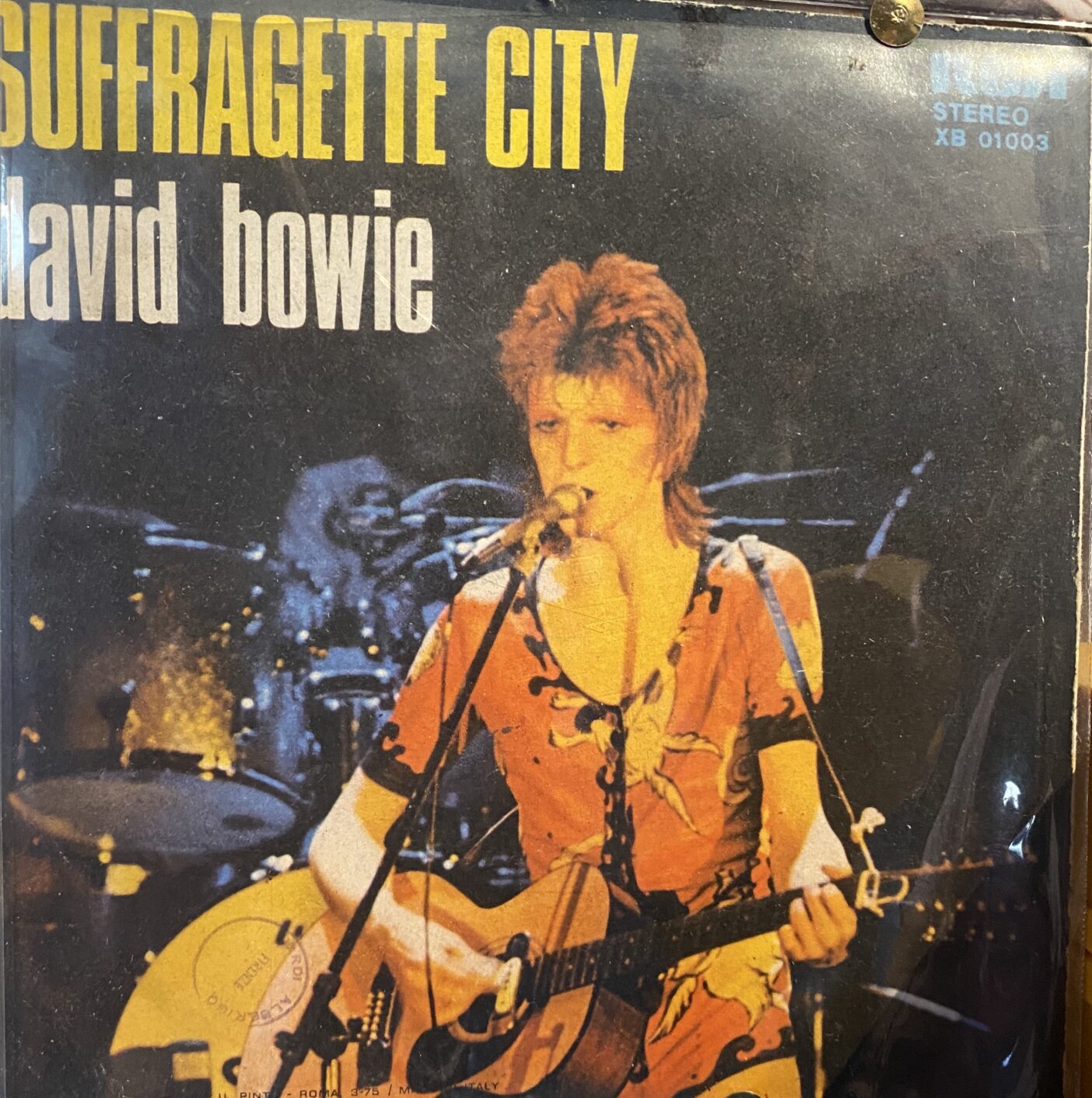
E poi tutta la sfilza dei primi dischi, come il debutto dei Beatles, che in tutto, nella collezione di Raffaello sono presenti con la bellezza di 540 diversi vinili (e di Elvis ve ne sono 200).
Se, con mio rammarico, è meno presente (de gustibus) il rock progressivo (ma ci sono, altroché, qualche Genesis, Jethro Tull, King Crimson e molti altri), non mancano rarità italiane. Come, fra le tante, alcuni dei dischi offerti dai partiti come gadget di campagna elettorale – come un 45 giri degli Equipe 84 con insegna del partito socialista italiano in copertina.
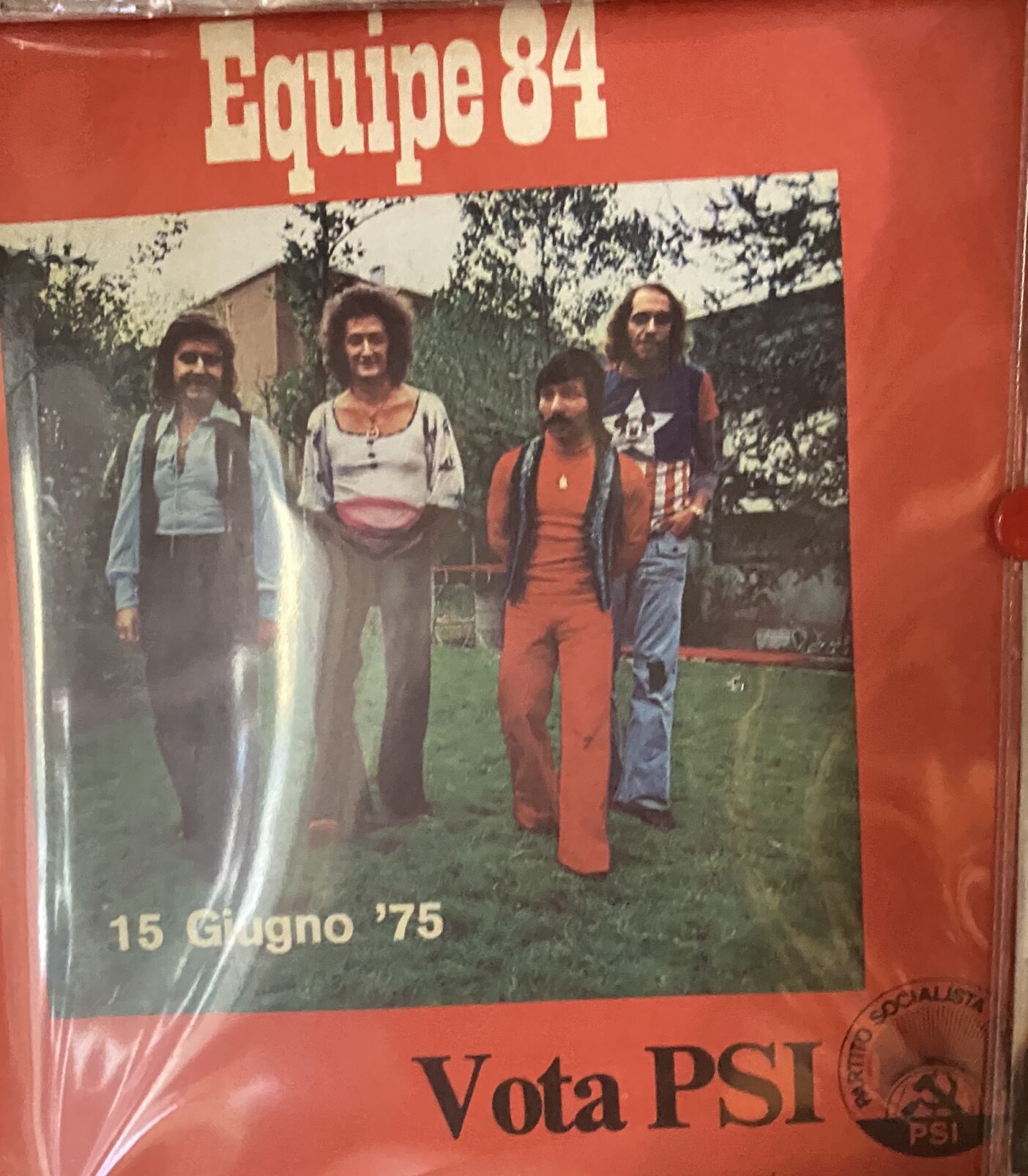
Di questa miniera d’oro, in esposizione vi sono solo alcune briciole e alcune canzoni psico o hard le si possono ascoltare selezionandole sull’immancabile juke-box restaurato. Non occorre nemmeno la monetina, perché l’Ufo Club di Sant’Agata non è un’impresa commerciale: nessun disco è in vendita, e tutt’al più si dà una mano a a reperire sul mercato qualche pezzo raro – Raffaello Baldi conosce le piste giuste.
Perché da lui arrivano pellegrini da ogni dove – anche io mi sono incrociato con quattro americani che ogni anno vanno a Sant’Agata da Raffaello Baldi per qualche consultazione fra grandi collezionisti o per celebrare l’epopea di un grande custode delle vibrazioni più intense di almeno due generazioni con un cuore che sapeva battere fortissimo.
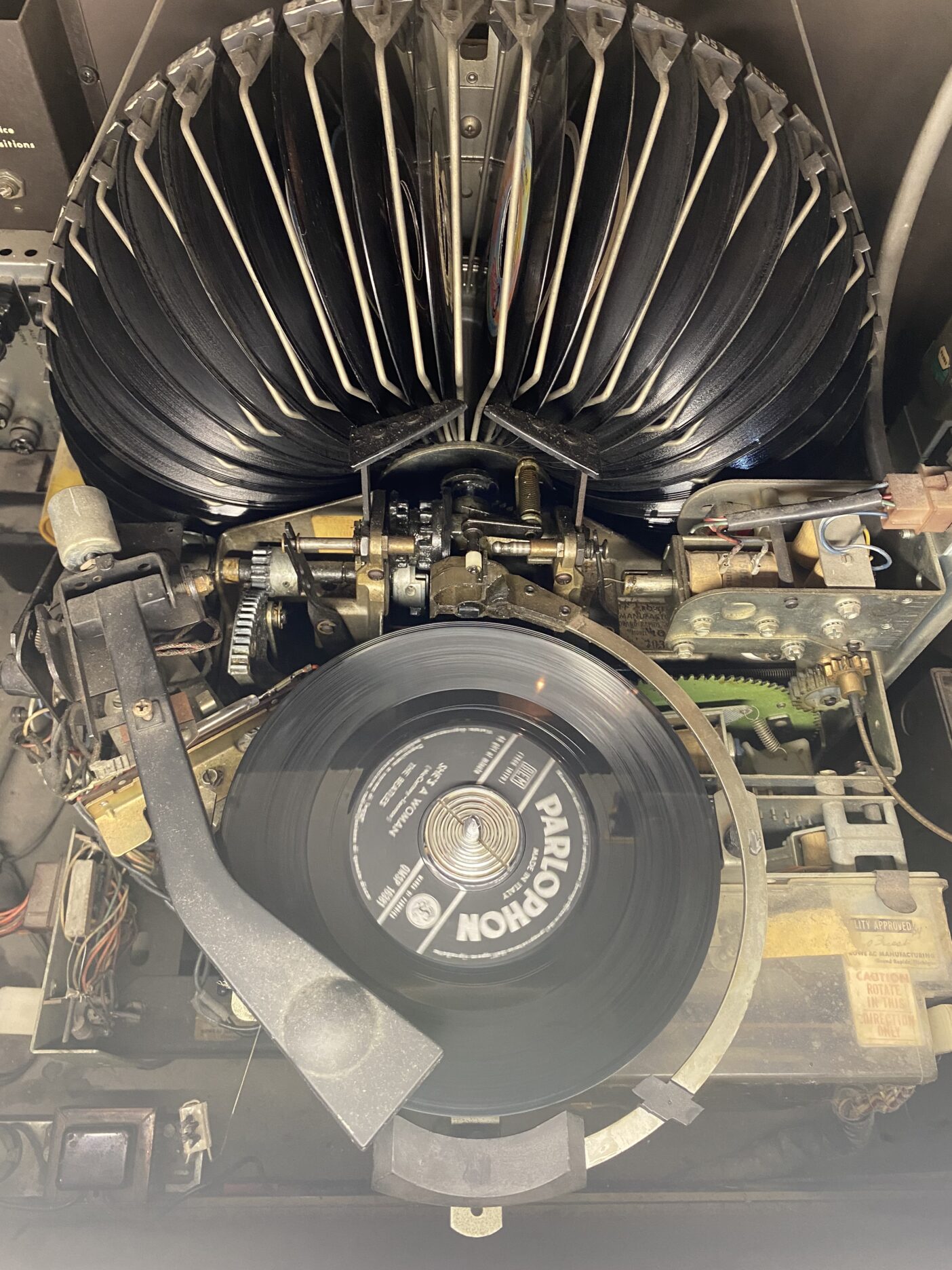
ENGLISH VERSION
Raffaello Baldi, in his Ufo Club, takes visitors on a journey through the history of the West. An unexpected journey into the time of rock.
Welcome to the center of the world, sings the sign in the little square, with no inferiority complexes. And this village of the municipality of Scarperia and San Piero has its own great features: a Romanesque church unique for having columns that directly support the ceiling and for the representation of a chessboard representing the Celestial Jerusalem, as well as splendid paintings by fourteen and fifteenth century; the passage of pilgrims and today of hikers being an obligatory stop on the Path of the Gods between Bologna and Florence; and even four museums (of Sacred Art, of Archaeology, of dioramas of the life of the town, and of a functioning historical mill).
Actually, five. And the fifth is not only the destination of a separate journey, but it is a journey in itself, in time and in the articulated geography, physical and sentimental, of a core of our culture.
It is last thing one would expect in this heart of Mugello: in the only small square, in front of the only grocery store which also serves as a restaurant, the visitor is shaken by the rock notes coming from the “Ufo Club” (on Instagram: @ ufo_club_)
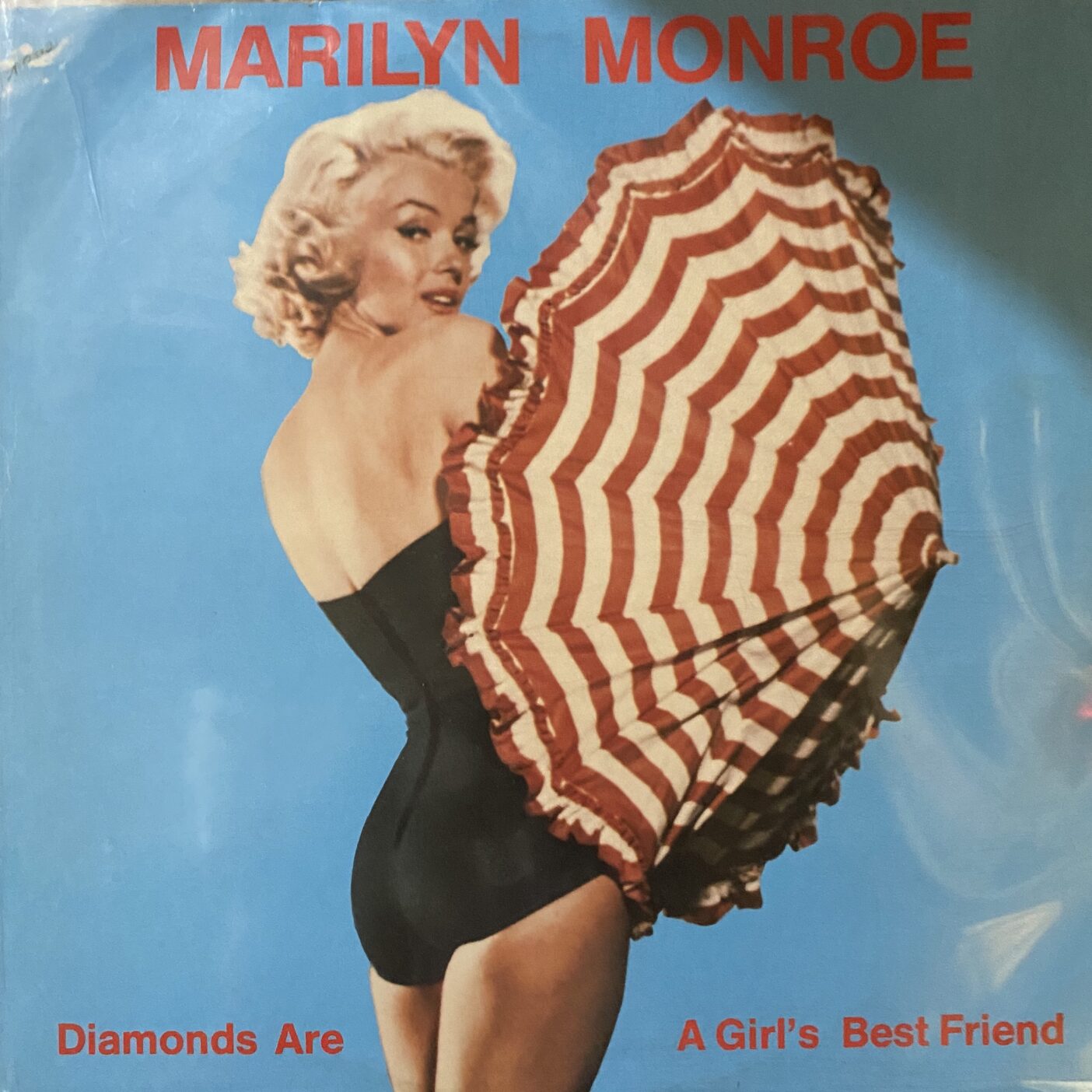
Two and a half rooms are a time gallery in rock music, especially psycho, from the fifties to the eighties. It is the welcoming lair of Raffaello Baldi – a high priest of immortal rock. In his UFO Club, he takes visitors on a journey into the history of the West, of society, of youthful transgressions, offering, hanging on the walls and displayed on tables, just a taste of his immense collection: 20,000 long-playing on vinyl, including 4,000 first editions (many of the same work in the American edition, then the British, the Italian, the Japanese, etc.), plus a huge iconographic arsenal of magazines, concert tickets, posters and 203 autographs of the greatest rock heroes.
The only one who refused a signature during his concert trips throughout Europe was a pretentious Bob Dylan, who didn’t know who he was dealing with: because, above all, there is him, Raffaello, in his own way a living museum, an inexhaustible memory of anecdotes, concerts, tales about an era of individual and creative freedom. It is no coincidence that the club was conceived and set up precisely in the period of maximum segregation – when, during the pandemic, “there was nothing to do”. Thus this unexpected heritage of inestimable value emerged.
It presents very rare covers, like the ones released and then withdrawn immediately (Raffaello, in the pre-internet era, managed to buy them immediately, before troubles arose) and therefore unique pieces, such as the Band of Gypsys, the only album by the Hendrix group which came out with a photo of Bob Dylan as a puppet which the already sensitive Nobel Prize winner immediately who warned against its commercialization.
Or a double internal cover of nudes of the English edition of Electric Ladyland by the Jimi Hendrix Experience, accused of pornography.
Or the sensational mistake of Pink Floyd’s very first Italian album, a single of See Emily Play with Roger Daltrey’s photo instead of Syd Barrett’s – which they had to quickly redo the cover, or the censored David Bowie in the female version.
It is plenty of “premieres”, such as the Beatles’ debut, which in total, in Raffaello’s collection are present with the beauty of 540 different vinyl discs (and there are 200 of Elvis).
If, to my regret, progressive rock is less present (de gustibus) (but there are some Genesis, Jethro Tull, King Crimson and many others), while there is no shortage of Italian rarities. Among them, some of the records offered by the parties as electoral campaign gadgets – such as a 45 rpm single by Equipe 84 with the Italian Socialist Party logo on the cover.
Of this gold mine, there are only a few crumbs on display and some psycho or hard songs can be listened to by selecting them on a fully functioning jukebox. You don’t even need a coin, because the UFO Club of Sant’Agata is not a commercial enterprise: no records are for sale, and at most you may help in finding rare pieces on the market – Raffaello knows the right paths. Because pilgrims come to him from everywhere – I also met four Americans who every year go to Sant’Agata da Raffaello for some consultation between great collectors or to celebrate the epic of a great custodian of the most intense vibrations of at least two generations with a heart that knew how to beat very intensively.
